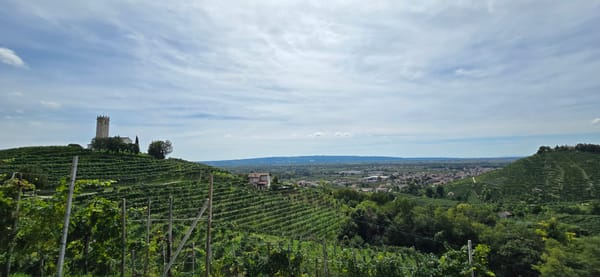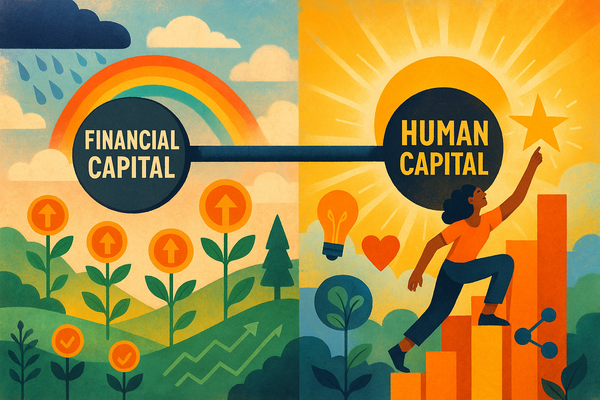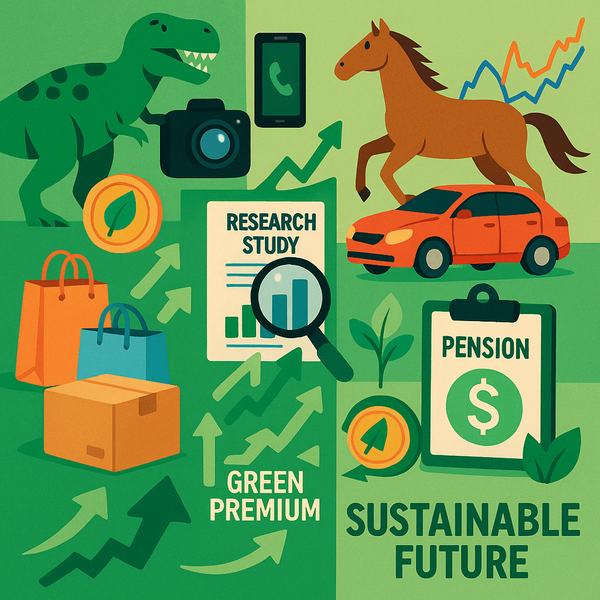SAFE investments that are High Risk and High Impact
This isn’t just an investment story — it’s about betting on a greener, fairer future. Discover what led me to back Africa’s largest electric motorbike start-up.
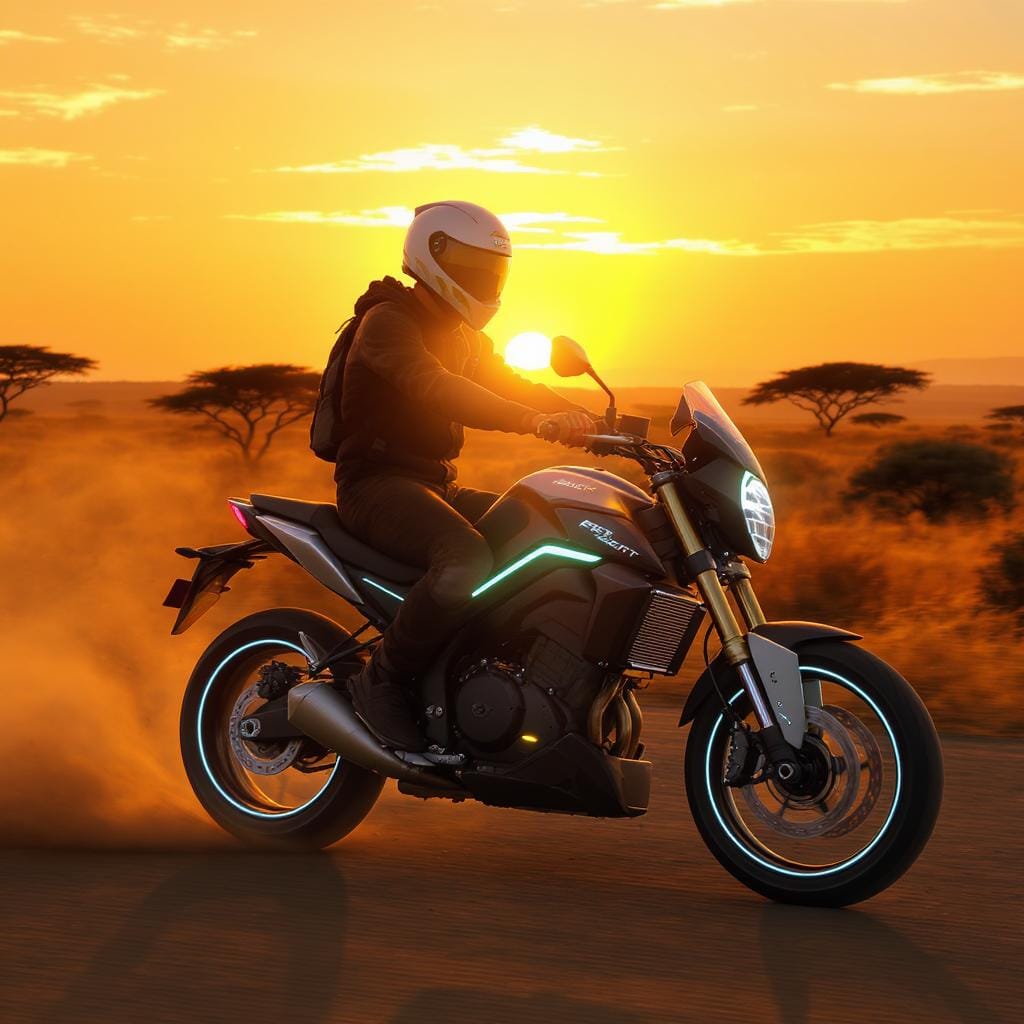
This week we’re focusing on the high-risk end of the investing spectrum. I’d like to talk about a recent investment of mine, that I’m genuinely excited to be supporting.
Firstly, some disclaimers – nothing in this article should be considered investment advice. In fact, the specific investment is now closed to new interest, so I would not be able to advise on it directly anyway. However, I hope talking about it as an example helps illustrate some useful points to consider when evaluating high-risk investments and this type of vehicle. As always, if you do have any questions – please do reach out.
I’ve taken the plunge and invested in my first “SAFE”. A “SAFE” is neither debt, not equity. It’s an investment in an early-stage company. It provides a right to convert your initial investment into equity, in a future equity financing round.
Many high-risk, early-stage, equity investments in the UK are structured under the EIS or SEIS tax wrappers. The appeal of this wrapper is simple. If you pay a higher tax rate, you can get back 30% or 50% (respectively) of your original investment through self-assessment. However, there are some conditions. It is also free from Capital Gains Tax. It in effect means you don’t fully lose your original investment.
However, a SAFE investment doesn’t have these tax benefits.
So why did I choose this?
Some key reasons:
- The company has been established for a while. It is more of a “scale-up” than “start-up” opportunity.
- The company is based in Africa. It helps diversify me away from the UK.
- The investment is through a syndicate, which helps from a due diligence perspective. Although the responsibility for doing research still rests with me.
But ultimately the mission of the company – Ampersand – could be highly impactful and beneficial for the planet if it succeeds:
- It is electrifying Africa’s commercial motorbike market, in a highly scalable way. This could have a significant reduction on carbon emissions across the continent
- It directly benefits motorbike users. They see a big increase in take-home pay, which helps improve the wealth of everyday people in Africa.
Before, talking more about it. A few questions to consider when investing in high-risk ventures.

How much can I invest in high risk?
Any amount you invest, you should be prepared to lose in entirety. Typical guidance says no more than 10% of your investment portfolio – however, that is potentially a simplistic rule of thumb.
Instead, consider these questions:
Are you resilient?
- Do you have an emergency fund in place?
- Have you got insurance for every plausible unexpected event that could be financially damaging to you?
- Do you have a clear idea of a number of potential income-earning opportunities for the future, should your current one come to an end? What about your partner?
Have you got enough to lead your future ideal life?
Firstly, what is your future ideal life? Once you know that, then you can answer the question “have I got enough”?
To answer both these questions, the Planet Positive GAME Plan is a service designed exactly to do this. A series of structured exercises to determine what your ideal life looks like. Then a financial planning app, to help understand if you have sufficient current and future resources to achieve this. If not, also suggested actions you could take to rectify this.
What’s left over?
Once you’ve been through this exercise, you then have the confidence to know that anything leftover is something you could afford to lose. Knowing that your ideal life is already “fully funded”.
What are the chances of success?
When saying you could lose all your capital – this is really is the case with early-stage or yet-to-mature companies. The following picture shows the average survival rate of business by year of business (data from Fundera):
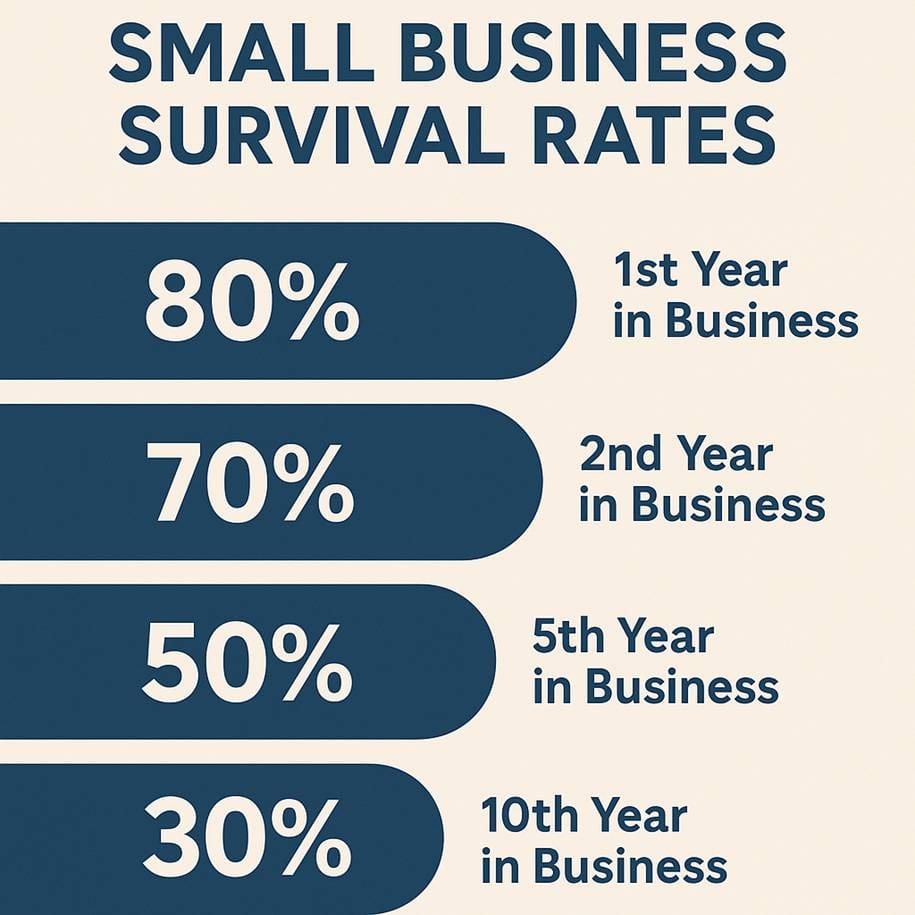
Companies that invest in new technologies or products are even higher risk. With these probabilities, betting on investment in a new company is just like betting at the casino. That’s why it’s important to have this as a single investment amongst a portfolio of numerous others. Spread your risk across a number of bets.
So why did I invest at all?
What were the pros and cons?
The benefits of investing:
- Early stage / Potentially higher returns – the earlier you invest in a company, the higher potential for returns if they are successful. This assuming that you also participate in future raises, to avoid diluting your stake.
- Potential for financial return – I won’t quote any specific numbers. But it seemed clear that there is a sizeable ultimate market for their service. They currently have a significant market share in their home market of Rwanda. They are now making rapid headway in their much larger market of Kenya.
- Potential for “social return” – there are 600 million two-wheeler vehicles globally, and 20 million alone in Africa. The carbon reduction potential from electrifying this market could be immense. The Ampersand technology also saves money for users by lowering their running costs. This is also a wealth generator for their end user.
- SAFE investment benefits – this type of structure is simpler to put together and quicker to negotiate. It doesn’t require many of the formalities of an equity raise. Investors could therefore be rewarded for offering this flexibility in the terms provided.
Key risks I need to be aware of:
- Company failure – as shown by the graph above. This risk is high.
- Illiquidity – for any early/scale-up stage, I need to be prepared to hold on to the investment of years. It is unlikely I’ll be able to sell it until the company gets bought or is mature enough to get a listing on an exchange.
- Dilution – once my SAFE converts to equity, I’ll have a % share of the company. But if the company seeks future funding, and if I don’t continue to participate in that funding, I risk having a smaller % share of the company.
- Lack of Control – a SAFE is just a right to convert, and so I have no voting rights or % control until I convert to equity.
- Information Asymmetry – the earlier you invest in a company, the less information or experience you have to make a judgement on the company.
If you're considering a high-risk investment yourself. Ultimately, with everything new – start small. Use it as an opportunity to learn. Once you have experience, you can then take more risk later.
How do I do my research?
AI has made high-risk investment more accessible than before. One of the key hurdles with investing is the time needed to do thorough research. AI can help in bringing some of the answers to your fingertips more easily than before.
I’m still learning the art of AI prompting myself. But here are some examples I’ve picked up along the way, which you could find useful (assuming you have a suitable AI tool that can pull recent data from the internet).
"Act like a senior financial analyst with 20+ years experience conducting deep market research for <INDUSTRY NICHE>. Your goal is to generate a comprehensive trend analysis report for <MARKET SECTOR>, using both historical data and forward-looking analysis."
"You are now acting as a Strategic Competitive Intelligence Analyst with deep expertise in <INDUSTRY NICHE>. Your job is to conduct a high-leverage competitor breakdown for <BUSINESS> ."
"Do a thorough research into the background of <KEY PEOPLE>"
"Act as a Risk-Reward Strategist and Decision Architect trained in game theory, behavioural economics, and calculated risk-taking. I’m consider an investment in <COMPANY>, and I want you to help me calibrate the real risks and rewards."
"You are now my personal Uncomfortable Truth Teller – trained to reveal truths I might be avoiding but need to hear in order to decide whether to invest. I want you to assess all relevant information and speak the raw honest truth."
But again, AI has its risks of “hallucination” of information. It can be a useful objective viewpoint that could highlight potential gaps. But artificial intelligence is a complement, not a substitute for human wisdom.
This is one of the benefits of investing high risk through a syndicate. Although you always have responsibility for doing your own research. It can be useful to leverage the brains of others, particularly those with more investing experience. Also, those who intend to put their own skin in the game.
Finally, an important part of the process is to meet the business owners (at least virtually). Your AI analysis can be a useful source of questions to quiz them on.
Do the owners believe enough in the business? Are they skilled enough to tackle whatever future challenges arise, and lead it to success? That is where your own human judgement comes into play.
So why the excitement?
It is a clear triple win for planet, people and profit.

🌱 For the Planet:
- Each converted bike prevents 4 tons of CO2 annually
- At scale, potential to offset 5% of Africa's transport emissions by 2035
- Battery swap model enables 90%+ battery recycling rates
👥 For the People:
- Drivers earn $1,200+ more annually – life-changing money where $5/day is typical
- Creates local jobs in battery tech, solar charging, and vehicle maintenance
- Reduces respiratory diseases from petrol fumes in crowded cities
💰 For Investors:
- First-mover advantage in a market projected to hit $20 billion by 2030
- Recurring revenue from battery swaps creates SaaS-like economics
- Potential to expand into energy storage and grid services long-term
Ampersand has shown great skill in building Africa’s largest EV fleet from the ground up. There are risks, like with any venture, but they have succeeded in tough regulatory settings. It has also pioneered it’s own battery tech to withstand tropical heat, dust and heavy use.
- Built Africa's largest EV fleet from scratch in regulatory environments that defeat most start-ups
- Pioneered battery tech that withstands tropical heat, dust and heavy use
- Cracked the financing puzzle with pay-as-you-go models that work for $3/day earners
This investment represents more than a financial bet – it's a chance to be part of Africa's green industrial revolution. Just like mobile phones replaced landlines in Africa, electric mobility could help the continent skip over the dirty internal combustion era altogether.
Rwanda is now the second country in the world to ban petrol combustion vehicles, after Ethiopia. For Rwanda it is motorbikes, and Ethiopia it was cars. Despite the many challenges, this step is significant. It is also impressive ambition. One that many of us in the Global North can take inspiration from.
Disclaimer:
The information provided is for general informational purposes only and does not constitute investment, financial, tax, or legal advice. Please be aware that an investment strategy that is appropriate for one person, may not be appropriate to another, including yourself. Past performance is not indicative of future results. In tailoring your own personal investment strategy it is recommended to speak to a qualified professional.

